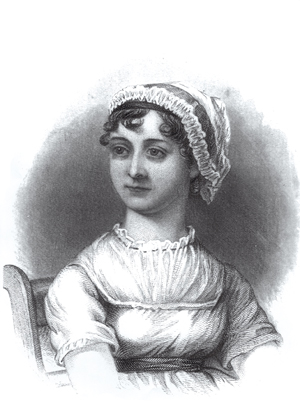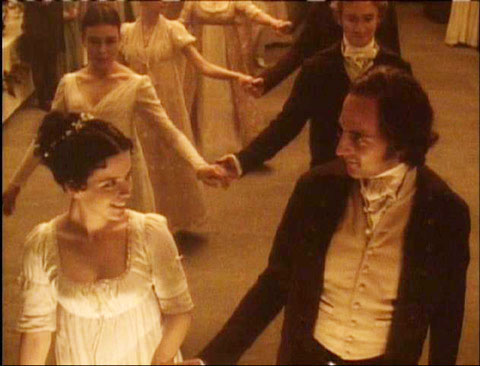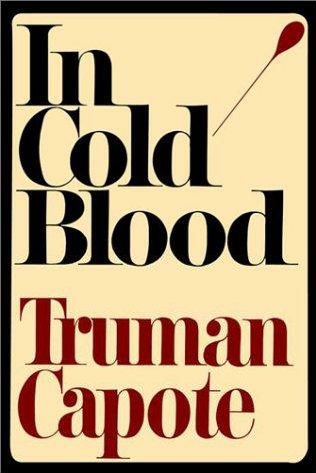
I’ve been on an “oldie” reading kick of late, spurred in part by my Ladies Lit book club’s selection of Zane Grey’s Riders of the Purple Sage as our October book. Published in 1912 and set in southern Utah in 1871, the novel is an eye-opener on a number of levels.
Zane Grey is credited with launching “the western” as a literary genre. The East (which at that time extended up to Missouri) was fascinated by things western, and especially so in the years following publication of Riders. Grey brought to life the hard-bitten characters of the Old West, the gunman, the cowboy, the strong but ruffly female. Reading the work now may be a study in stereotypes and cliches about character, but Grey had a tale to tell and he told it the only way he knew how.
Riders addresses the issue of the Mormons in Utah, the prejudice they endured because of their practice of polygamy and the prejudice they inflicted on the non-Mormon “Gentiles.”
“That year, 1871, had marked a change which had been gradually coming in the lives of the peace-loving Mormons of the border... villages to the north had risen against the invasion of Gentile settlers and the forays of rustlers. There had been opposition to the one and fighting with the other. And now Cottonwoods had begun to wake and bestir itself and grown hard.”
Grey thought there was a middle ground, and he set out to make the Mormons understandable, even acceptable, to his readers. At issue is a young Mormon woman’s right to befriend a Gentile. In the process of writing the book, however, Grey created characters who represented the worst of a religious sect’s narrow-mindedness so that any astute reader could see that the “bad guys” were not the gun-slinging rustlers but the hide-bound religious elders themselves.
This “message” of the work is not (in my view) what made Grey’s publishing fortune. Instead, for me, it’s the really terrific descriptions of the Utah landscape. The word “purple” occurs 62 times (I was told by a Kindle reader). The “purple sage” is beautiful.
“Her clear sight intensified the purple sage-slope as it rolled before her. Low swells of prairie-like ground sloped up to the west. Dark, lonely cedar-trees, few and far between, stood out strikingly, and at long distances ruins of red rocks. Farther on, up the gradual slope, rose a broken wall, a huge monument, looming dark purple and stretching its solitary, mystic way, a wavering line that faded in the north. Here to the westward was the light and color and beauty...a vast heave of purple uplands, with ribbed and fan-shaped walls, castle-crowned cliffs, and gray escarpments. Over it all crept the lengthening, waning afternoon shadows.”
This passage made me want to visit southern Utah! Preferably during a thunderstorm, which Grey describes thus:
“Black night enfolded the valley... He felt the dogs huddle closer to him. Suddenly the dense, black vault overhead split asunder to vividly clear and luminously bright in his sight. Upreared (sic), vast and magnificent, the stone bridge glimmered like some grand god of storm in the lightning’s fire. Then all flashed black again - blacker than pitch - a thick, impenetrable coal-blackness. And there came a ripping, crashing report. Instantly an echo resounded with clapping crash. The initial report was nothing to the echo. It was a terrible, living, reverberating, detonating crash. The wall threw the sound across... from cliff to cliff the echo went in crashing retort and banged in lessening power, and boomed in thinner volume, and clapped weaker and weaker till a final clap could not reach across the waiting cliff..... The golden glare vanished; all was black; then came the splitting crack and the infernal din of echoes.”
Yeah, he used a lot of adjectives, but I could feel the thunder in my ears.
Here is Grey’s description of a horse race:
“When Wrangle’s long mane, lashing in the wind, stung Venters in the cheek, the sting added a beat to his flying pulse. He bent a downward glance to try to see Wrangle’s actual stride, and saw only twinkling, darting streaks and the white rush of the trail. He watched the sorrel’s savage head, pointed level, his mouth still closed and dry, but his nostrils distended as if he were snorting unseen fire. Wrangle was the horse for a race with death. Upon each side Venters saw the sage merged into a sailing, colorless wall. In front sloped the lay of ground with its purple breadth split by the white trail. The wind, blowing with heavy, steady blast into his face, sickened him with enduring, sweet odor, and filled his ears with a hollow, rushing roar.”
Wow.
Source: Riders of the Purple Sage, by Zane Grey, Walter J. Black, Inc., Roslyn, New York, 1912.






























